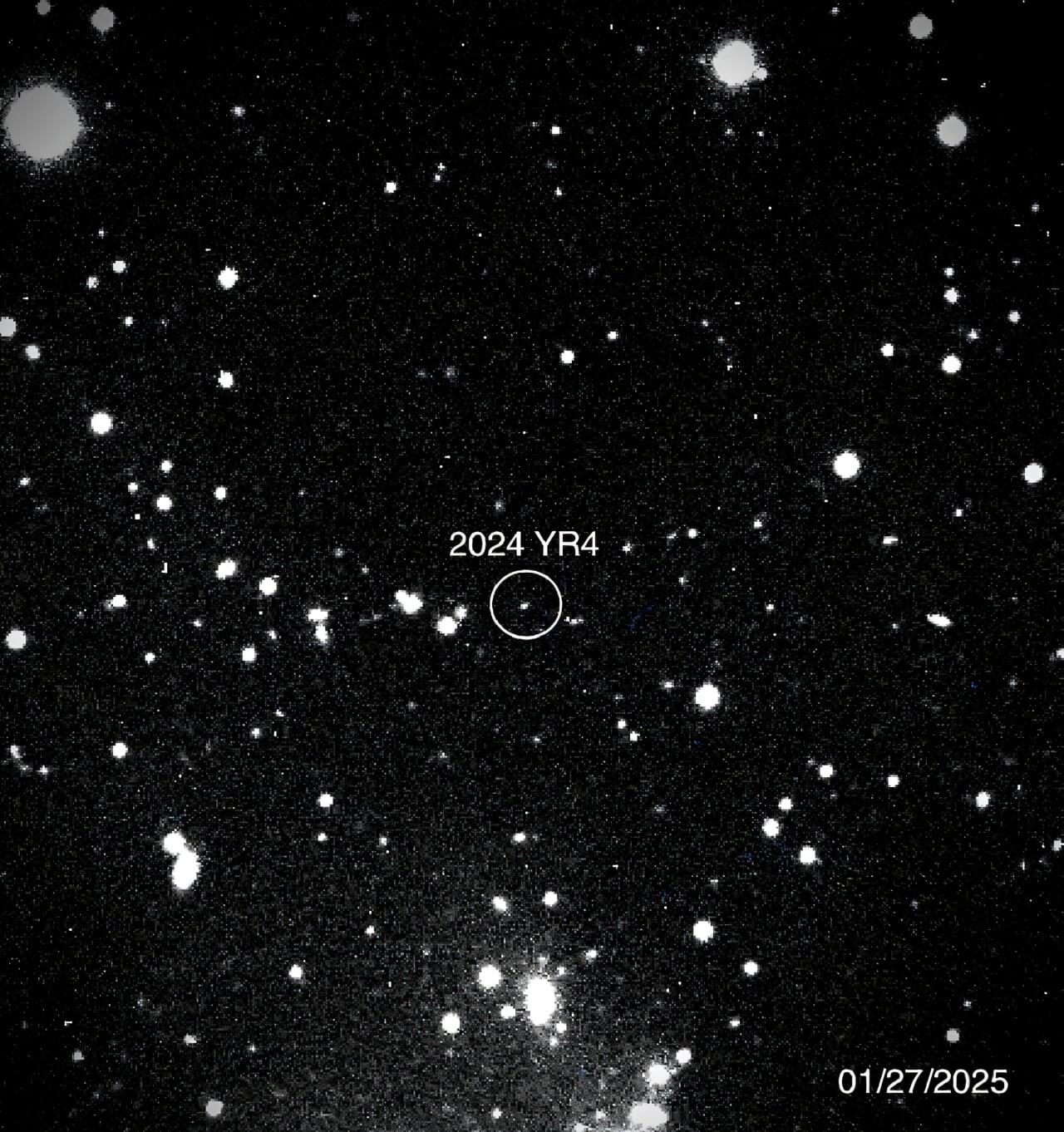If you think telepathy or mind control is the stuff of science fiction, think again. Advances in artificial intelligence are leading to medical breakthroughs once thought impossible, including devices that can actually read minds and alter our brains.
Get the latest international news and world events from around the world.
DARPA’s Secret Tech: Bio-Weapon & Mind Control TERRIFIES Scientists
DARPA lifts the veil on concealed bio-weapons and astonishing drone technology 🤖🦾 To try everything Brilliant has to offer—free—for a full 30 days, visit http://brilliant.org/BeeyondIdeas/ The first 200 of you will get 20% off Brilliant’s annual premium subscription. 🪐
Beeyond Ideas follows the viewpoint of Harry, a human-AI synthesis from the 22nd century. Someday in 2123, he found a way to access the secret old database of information or the “2023 Internet” as we know it.
Follow Harry’s adventure by subscribing to this channel Want to support our production? Feel free to join our membership at https://youtube.com/watch?v=wMeOlJjEvSc&si=YQODBYXZ1-dq4Leh #AI #Robotics #ArtificialIntelligence #darpa.
Want to support our production? Feel free to join our membership at https://youtube.com/watch?v=wMeOlJjEvSc&si=YQODBYXZ1-dq4Leh.
#AI #Robotics #ArtificialIntelligence #darpa

Not So Random After All: Scientists Uncover Surprising New Clues to the Origin of Life
A new study examines how complex chemical mixtures evolve under changing environmental conditions, offering insights into the prebiotic processes that may have led to life. Researchers exposed organic molecules to repeated wet-dry cycles and observed continuous transformations, selective organization, and synchronized population dynamics.
The findings indicate that environmental conditions played a crucial role in fostering the molecular complexity necessary for life’s emergence. By simulating early Earth’s conditions, the team found that instead of reacting randomly, molecules self-organized, evolved over time, and followed predictable patterns.
This challenges the notion that early chemical evolution was purely chaotic. Instead, the study suggests that natural environmental fluctuations guided the formation of increasingly complex molecules, ultimately contributing to the development of life’s fundamental building blocks.
Breaking the Pro-ageing Trance | Dr Aubrey de Grey
Can we mobilise society towards a concerted effort against ageing? Dr Aubrey de Grey believes so—with groundbreaking results from studies by the Longevity Escape Velocity (LEV) Foundation on Integrative Rejuvenation, a cutting-edge approach to repairing cellular and molecular damage linked to ageing.
Why does he believe this could be the most promising pathway toward extending healthy human lifespan? Watch on to find out.
Register for upcoming #HealthyLongevity #webinar sessions at https://nus-sg.zoom.us/webinar/regist… The opinions and advice expressed in this webinar are those of the speakers and do not represent the views and opinions of the organizers and National University of Singapore or any of its subsidiaries or affiliates. The information provided in this webinar is for general information purposes only as part of a general discussion on public health. The information is not intended to be a substitute for professional medical advice, diagnoses or treatment; and cannot be relied on in place of consultation with your licensed healthcare provider. All Rights Reserved. All of the proceedings of this webinar, including the presentation of scientific papers, are intended for limited publication only, and all property rights in the material presented, including common-law copyright, are expressly reserved to the speaker or NUS. No statement or presentation made is to be regarded as dedicated to the public domain. Any sound reproduction, transcript or other use of the material presented at this course without the permission of the speaker or NUS is prohibited to the full extent of common-law copyright in such material.
Disclaimer: The opinions and advice expressed in this webinar are those of the speakers and do not represent the views and opinions of the organizers and National University of Singapore or any of its subsidiaries or affiliates. The information provided in this webinar is for general information purposes only as part of a general discussion on public health. The information is not intended to be a substitute for professional medical advice, diagnoses or treatment; and cannot be relied on in place of consultation with your licensed healthcare provider. All Rights Reserved.
All of the proceedings of this webinar, including the presentation of scientific papers, are intended for limited publication only, and all property rights in the material presented, including common-law copyright, are expressly reserved to the speaker or NUS. No statement or presentation made is to be regarded as dedicated to the public domain.
Any sound reproduction, transcript or other use of the material presented at this course without the permission of the speaker or NUS is prohibited to the full extent of common-law copyright in such material.

#ai — Explore
An uncensored version of R1 is released 🔥
“R1 1776 is a DeepSeek-R1 reasoning model that has been post-trained by @perplexity_ai to remove Chinese Communist Party censorship. The model provides unbiased, accurate, and factual information while maintaining high reasoning capabilities.”
“To ensure our model remains fully ‘uncensored’ and capable of engaging with a broad spectrum of sensitive topics, we curated a diverse, multilingual evaluation set of over a 1,000 of examples that comprehensively cover such subjects. We then use human annotators as well as carefully designed LLM judges to measure the likelihood a model will evade or provide overly sanitized responses to the queries.”
[#AI](https://www.facebook.com/hashtag/ai?__eep__=6&__cft__[0]=AZW8BaBse7DQTjHN8Y8vhbazZ3YwuUZoz0gW4ATjA0Qd-WYN8VQwIDi6MAG_Kqsenozm-IYuarR5zVj52HWERbfhr9cGCf0bGhdlKCwSC-_19NvC18LSj6Jx5WEaWrHYD9Vm9O1GIjR7yeKLo6Pd3oRwDt_qW8AuMDOLXS42xoYQpzonMSBJbyboFdqPDRPLNwI&__tn__=*NK-R) [#PerplexityAI](https://www.facebook.com/hashtag/perplexityai?__eep__=6&__cft__[0]=AZW8BaBse7DQTjHN8Y8vhbazZ3YwuUZoz0gW4ATjA0Qd-WYN8VQwIDi6MAG_Kqsenozm-IYuarR5zVj52HWERbfhr9cGCf0bGhdlKCwSC-_19NvC18LSj6Jx5WEaWrHYD9Vm9O1GIjR7yeKLo6Pd3oRwDt_qW8AuMDOLXS42xoYQpzonMSBJbyboFdqPDRPLNwI&__tn__=*NK-R) [#DeepSeek](https://www.facebook.com/hashtag/deepseek?__eep__=6&__cft__[0]=AZW8BaBse7DQTjHN8Y8vhbazZ3YwuUZoz0gW4ATjA0Qd-WYN8VQwIDi6MAG_Kqsenozm-IYuarR5zVj52HWERbfhr9cGCf0bGhdlKCwSC-_19NvC18LSj6Jx5WEaWrHYD9Vm9O1GIjR7yeKLo6Pd3oRwDt_qW8AuMDOLXS42xoYQpzonMSBJbyboFdqPDRPLNwI&__tn__=*NK-R)
Explore #ai at Facebook.

Stress could affect the development of the fetal brain
Disruptions in brain development are linked to higher risks of brain and mental illnesses. While genetics are known to play a role, environmental factors at the molecular and cellular levels have been less studied.
The international team of researchers from Karolinska Institutet, the Max Planck Institute of Psychiatry, and Helmholtz Munich aimed to understand how glucocorticoids — hormones involved in the body’s stress response and crucial for normal fetal development — affect brain development when overexposed.
The findings reveal that fetuses are more vulnerable to external influences like stress than previously thought. This stress can impact fetal brain development.


Study unveils new extrusion-induced instabilities in viscoelastic materials
Soft viscoelastic solids are flexible materials that can return to their original shape after being stretched. Due to the unique properties driving their deformation, these materials can sometimes behave and change shape in unexpected ways.
Researchers at Princeton University carried out a study closely investigating the behavior of these materials when they are squeezed through narrow spaces. Their findings, published in Physical Review Letters, show that this extrusion of soft solids through confined geometries results in the formation of instabilities at their surface, characterized by a grooved pattern that deepens over time.
“Soft solids are viscoelastic materials, which have both fluid-like and solid-like features,” explained Prof. Howard Stone, senior author of the paper.

‘City killer’ asteroid now has 3.1% chance of hitting Earth: NASA
An asteroid that could level a city now has a 3.1-percent chance of striking Earth in 2032, according to NASA data released Tuesday—making it the most threatening space rock ever recorded by modern forecasting.
Despite the rising odds, experts say there is no need for alarm. The global astronomical community is closely monitoring the situation and the James Webb Space Telescope is set to fix its gaze on the object, known as 2024 YR4, next month.
“I’m not panicking,” Bruce Betts, chief scientist for the nonprofit Planetary Society told AFP.

Study finds adding extra periods to your texts makes them… Seem. More. Intense
What would you think if you received this text message?
“Buy some milk”
Pretty straightforward. Nothing to bat an eye at. But what if the text read like this?
“Buy. Some. Milk.”
A little more intense, right? Does the texter need the milk immediately? Are they frustrated? According to new research from Binghamton University, State University of New York, textisms like these—such as adding a period after each word or putting each word in its own text bubble—can convey emotion and intensity.